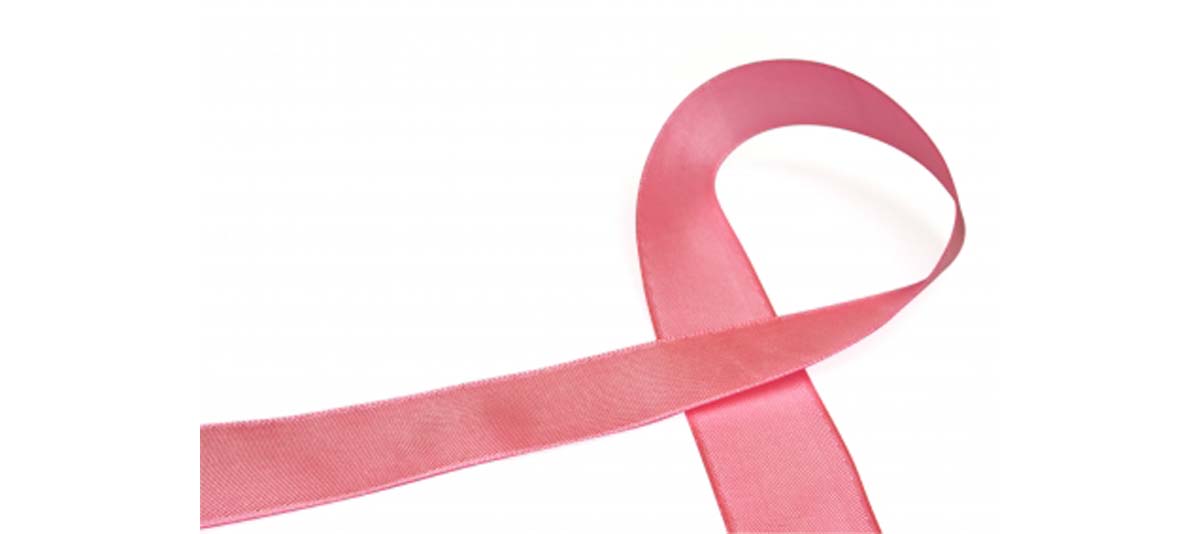Table of Contents
Scientists have known about naturally contagious cancers in dogs for over 100 years. Canine Transmissible Venereal Tumor was first reported by Russian veterinarian M. A. Novinsky in 1876. For at least 2500 years, genetic studies indicate, pieces of the same cancerous tumor have been transmitted from dog to dog during sex, although the condition is still relatively rare. The cancer enters the dog's body, its cells multiply, and bits and pieces of the tumor are spread to another dog. Fortunately, very few dogs are affected by this kind of cancer.

A different kind of contagious cancer, however, has nearly wiped out one of Australia's best known mammals, the Tasmanian devil. As their depictions in Bugs Bunny cartoons accurately portray, Tasmanian devils are, well, devilish. They like to fight. Since 1995, Tasmanian devils have been transmitting a kind of sarcoma that grows into the glands in their whiskers and forms tumors that, in just a few weeks, cut off eating and breathing, killing the devil. Over 90 percent of Tasmanian devils have died since their form of sarcoma became contagious — among Tasmanian devils, of course, as humans are safe from this particuar form of cancer.
Could Cancer Become Contagious in Humans?
The reason contagious cancer has become epidemic in Tasmanian devils has a lot to do with their gene pool. It isn't enough just put cancer cells in the body for a cancerous tumor to form. These cells have to be able to adhere to a tissue to develop into caner, as well. If the cells just float around in the bloodstream, they will be destroyed by the immune system fairly quickly. To form a cancer, the cells have to be able to reproduce into tumors, and those tumors have to be able to create their own blood supply and then spread to neighboring tumors for the phenomenn commonly known as "cancer" to result.
This process requires many genes to be activated or deactivated in a precise sequence. Tasmanian devils at various times in their history have been nearly wiped out, so there is little genetic variation from one devil to the next — a result of inbreeding. This means that a cancer that can infect one "Taz" is likely to be capable of infecting all Tasmanian devils. Humans, fortunately, have much greater genetic variation.
In fact, there are only three documented cases of person-to-person transmission of cancer in human beings, according to David Quammen, who has done extensive research in this topic. Two cases occurred in this century. A doctor, in one incident, and a nurse, in another, received cancer cells into a knick in their hands during surgery. The cells formed a cancerous tumor, but both people were successfully treated. In the 1920's, a doctor who was innoculated with cancer cells into his hand during surgery developed metastatic cancer and subsequently died from it.
It is also possible for a mother to transmit cancer to her unborn child, and for cancer (particularly melanoma) to be transmitted in an organ transplant. But it is extremely unlikely that clandestine operatives could have sequenced Hugo Chavez's DNA, found a compatible tumor, injected him with it without anyone noticing, and then the best treatment available in Latin America failed to control the disease. It's far more likely that the late President simply had the misfortune of developing a colon cancer that modern medicine could not treat. And it is extremely unlikely that anyone in our time will suffer from "epidemic" cancer. There are simply far easier ways to commit murder.
A Frequently Asked Question
But doesn't the human papillomavirus (HPV) cause cancer? Wouldn't that kind of cancer be contagious?
The virus is contagious. Only a small number of people who contract the virus develop cancer. But the virus does not "cause" cancer, at least not by itself. A long series of steps after infection lead to the development of cancerous tumors. Many things have to go wrong for cancer to result.
That can happen, though, and that is why we now have Garsadil. Often called a "cervical cancer vaccine", Garsadil actually protects against the most common strains of HPV, including those that cause genital warts. While the vaccine helps to prevent a particular form of cancer, it's still not the cancer itself that is contagious.
- Copper HL, Mackay CM, Banifled WG. Chromosome Studies of a Contagious Cell Sarcoma of the Syrian Hamster. J Natl Cancer Inst. 1964 Oct
- 33:691-706.
- Quammen, D. Contagious Cancer: The Evolution of a Killer. Harper's. April 2008.
- Photo courtesy of 63498656@N04 on Flickr: www.flickr.com/photos/63498656@N04/5783780193


Your thoughts on this